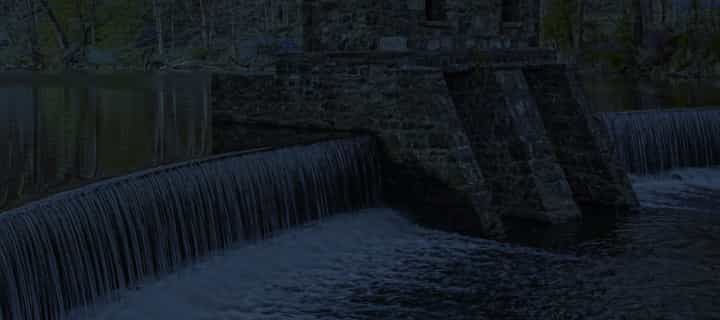New Jersey Construction Slip and Fall Accidents
Request a Free ConsultationFollowing years of decline, the construction industry is showing impressive new signs of life. According to Dodge Data & Analytics’ 2016 Construction Outlook, there will be a six percent growth in construction jobs this year on projects that represent a total value of $712 billion. That news is welcomed by manual laborers, heavy equipment operators and others who rely on construction work to make their living.
However, New Jersey construction accident lawyers warn that the increased demand could bring about increased incidents of injury and death for workers who are left unprotected against slip, trip and fall accidents.
Regulations
The most commonly cited violations by the Occupational Safety and Health Administration (OSHA) are related to unstable flooring. Accidents which involve temporary flooring often consist of plywood which has not been adequately secured or has been placed in an unsafe manner. A construction site manager has an obligation to place warning signs on and around temporary flooring, so that a worker does not treat the temporary flooring as a permanent, stable surface.
Similarly, when workers must use scaffolding to complete their job duties they are remarkably vulnerable to the risk of injury. Just a single mistake or missed connection while building scaffolding can lead to a structure that is completely unsteady, though seemingly secure. Unfortunately, once a construction worker has ascended to the top of their scaffold, it is often too late to prevent a catastrophic accident. Construction site managers also have a duty to ensure that scaffolding has adequate barriers, such as guardrails, to prevent employees from falling over the edge.
Slip and Fall Statistics
According to OSHA, thousands of claims are filed each year as a result of slips, trips and falls which occur on a construction site. Moreover, slips, trips and falls account for 15% of all accidental deaths in the workplace, second only to motor vehicle accidents.
In the construction industry, using warning signs, self-retracting lanyards, ladder safety and rope descent systems have proven beneficial over time when it comes to reducing the likelihood of a slip, trip or fall accident occurring. Failure by construction site managers to provide such safety mechanisms when warranted can give rise to a negligence claim.
To that end, when a construction accident occurs not only can a construction worker pursue Workers’ Compensation benefits for lost pay while they recover from their injuries, they may also seek compensatory damages from those who erroneously or falsely certified that the premises were safe via a third party liability claim. Construction site managers and property owners can be sued for their failure to take meaningful steps to prevent such an accident from occurring.
When scaffolding is carelessly constructed or temporary flooring is not secured to a stable base, injuries to construction workers become reasonably foreseeable. Those who fail to take their responsibility seriously to offer employees a safe work environment will face legal consequences.
Representing Injured Construction Workers
Construction workers know that their job is inherently dangerous. However, when simple steps would ensure safety, they must be taken. A lawyer understands that insurers and property owners will often go to great lengths to establish that a slip, trip or fall accident was the fault of an employee. We will work diligently to prove that your injuries occurred from the negligence of a third party.
